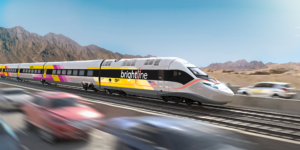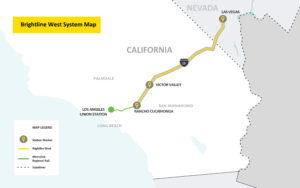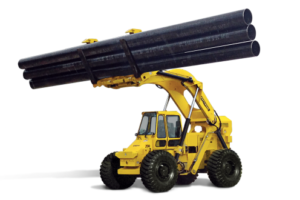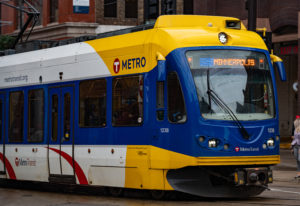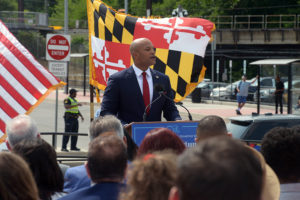July Editorial: The safe bet for rail? It’s not $1 trillion
Written by RT&S Staff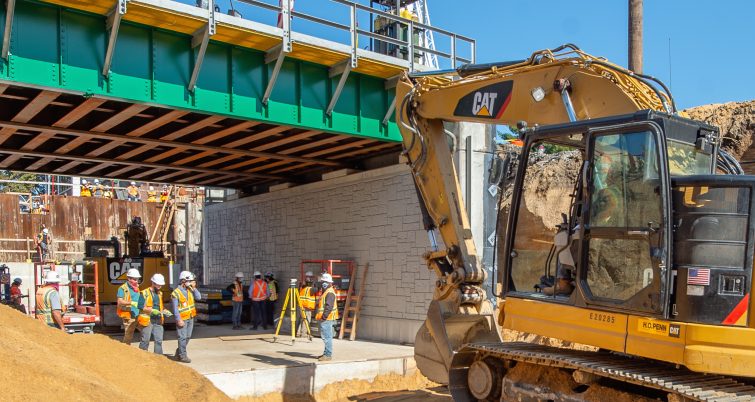
I was having dinner with my best friend when I realized I have never seen what was inside of his safe.
Rick Andrews (names have been changed to protect the innocent) is a finance manager and basically looks over three car dealerships. Apparently he gets a piece of the action every time oil is changed or a new/used car changes ownership. His Dad owns this network, if that makes any difference, but it does sound like it is all legit.
So I’m laboring through my second beer when he tells me the fruits of his labor … or should I say situation?
“I have $500,000 cash in a safe at home that I don’t know what to do with,” he said. “I’m afraid to take it to the bank. I mean, it’s too much money.”
I’m paraphrasing some of what he said, because as soon as he said $500,000 cash my mind was jammed on the image of what all that money would look like, and if I would ever be able to set my eyes on those stacks that share a dark, small room with no chance of escaping.
I have never seen $500,000 cash within my arm’s reach, just like I have never seen $1 trillion in federal government money pipelined into infrastructure over a four- or five-year period. President Joe Biden wanted to be the first to sign a T-bill. His infrastructure proposal was first marked at $2 trillion. I have been reporting on the infrastructure business for over 20 years and I have never witnessed a multiyear bill reaching $400 billion. As of June 24 the talk was about a plan worth $1.22 trillion, but the bill is tied to another not favored by the GOP.
With the Democrats holding control in the House and a tie in the Senate, and an infrastructure bill historically partisan proof, one would think President Biden should warm up his signing pen. However, this is where politicians change what should be a walk in the park into a panic run through the deep,
dark woods.
At press time, the House was debating a $547 billion infrastructure bill, while the Senate was putting together something under that amount. That is a lot of Bs with not a single T. Some of the components look attractive. It looks like both versions will have an area dedicated to high-speed rail funding, and that private investors will be eligible for federal money. If the Biden administration wants the faster mode of transportation to take off in this country, it will need to put some money behind it. The House bill also commits $78 billion to public transit, which even though there have been COVID-19 stimulus bills, there is still the need for a financial crutch in the area that diligently serves the
middle class.
Sound Transit will take any federal dollar it can get. The agency, facing a multibillion-dollar funding gap, will most likely push back the deadlines of several light-rail projects in the hopes that material prices stabilize and more money becomes available.
Listen, this country is in desperate need of cold, hard cash for light-rail transit projects, so any amount is a good amount. However, I still want to see that trillion-dollar mark for the first time in American history. The chances of that happening in the near future are about as strong as me finding a way to teleport my friend’s safe to my basement without him knowing, and then cracking the combination. Maybe I should ponder this over a beer or two.
Read more articles on passenger rail.

